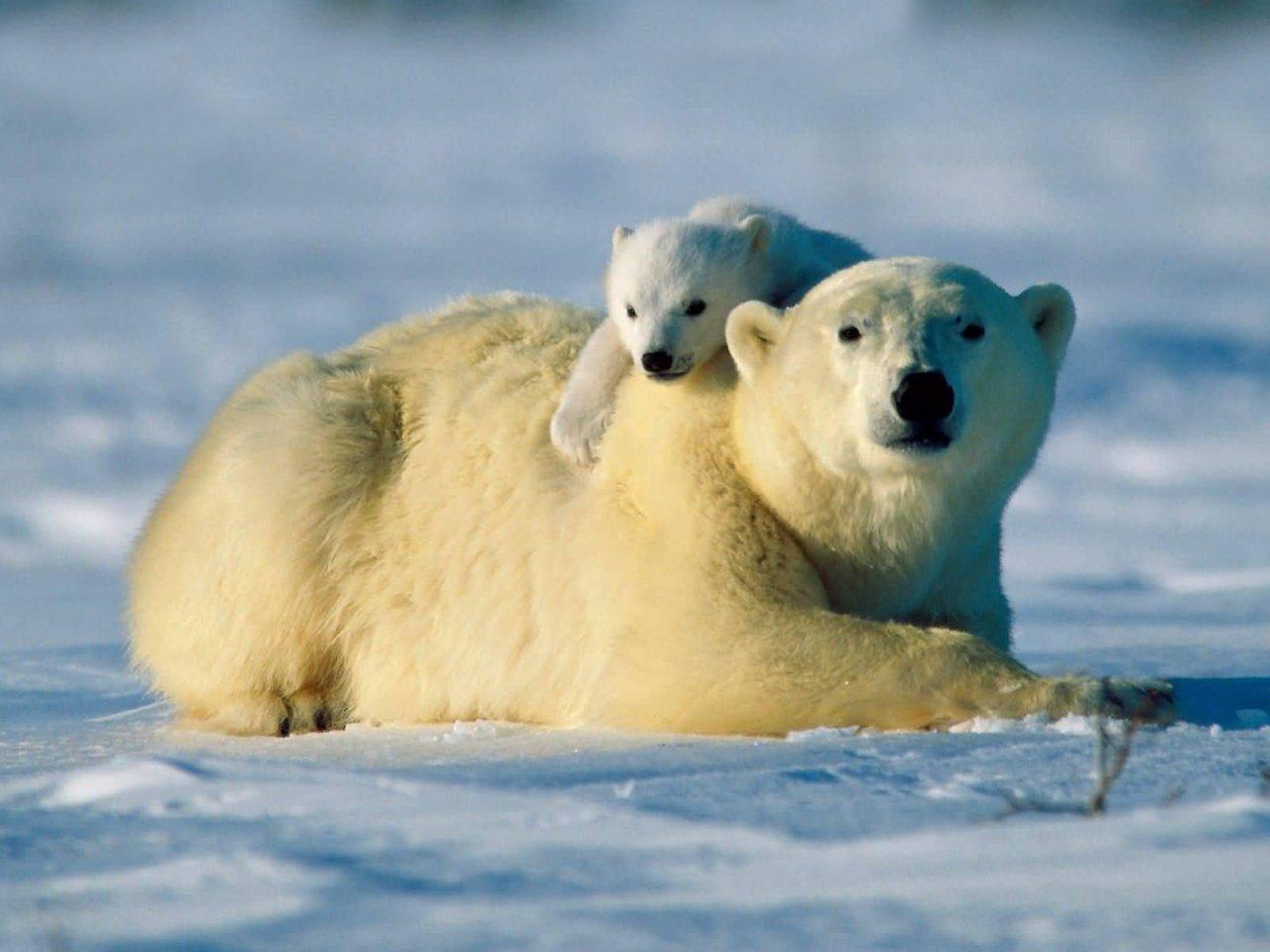The majestic great white bear of the north is threatened by its inability to adequately acquire food resources, as a result of melting sea ice caused by climate change. Or is it?
Many now believe that the polar bear, poster child for climate change, is not actually facing the declining populations that popular culture have become familiar with.
The Inuit constantly monitor their environment as part of their daily lives. Through generations of collective observation, they recognize patterns and changes, including those associated with climate change. In the arctic, the sea ice is now noticeably thinner; the ice breaks up earlier and freezes later, and there are fewer icebergs. What has not been observed, however, is an equivalent decline in the number of polar bears. Not all of the 19 polar bear populations are faring as well as others, but Inuit elders living in Nunavut are now encountering polar bears in greater numbers and in areas they never did while growing up. They insist that the bear is resilient, and, as sea mammals, will survive just fine despite the loss of sea ice.
“Those who put the polar bear on the endangered species list, they don’t understand … bears are part of the sea,” Inuit elder Jamesie Mike said.
The other side of the debate has its own evidence.
“In the last two decades, [the Churchill, Manitoba polar bear] population has gone down 22 per cent, due to the earlier ice melt and later ice freeze,” polar bear programme director for the WWF Global Arctic Programme Geoff York said, in a call to action video. The WWF is one of many organizations that strongly advertise the detrimental effects of climate change on the polar bear, having recently teamed up with Coca Cola in the Arctic Home initiative.
Biologists attempt to reconcile these differences by attributing the apparent increase in polar bear population to changes in behaviour, and distribution caused by climate change. Others agree with the Inuit that polar bear populations have increased in the past several decades. One explanation given for the increase is any ban on polar bear hunting. In the early ’70’s, Canada implemented its ban on polar bear hunting with the exception of some native hunting. Furthermore, regulation of commercial seal hunting has led to seal population explosions, providing ample food for the polar bears.
Polar bear hunting is regulated in an attempt to protect it as an endangered species. The United States proposed a change to the status of polar bears at the Convention on International Trade in Endangered Species (CITES), but was defeated this past March. Had this change gone through, polar bears would be banned in cross-border trade. This was a major victory for Inuit. The hunting quota in place regulates Inuit harvesting of wildlife, while allowing continued access to the resources that are integral to their lives. Polar bears provide sustenance as both a source of food and income, and the Inuit seek to protect the wildlife like a future investment. Efforts to ‘save the polar bears’ would reduce their freedom to hunt, limiting them culturally and economically.
A new face for climate change is needed. The emphasis on polar bears when advocating climate change may cause climate change deniers to use the conflicting data on polar bear population sizes to prove that there is no problem. It would be far more effective to pick one of the many other species of animals that climate change endangers. Warmer beach temperatures cause dramatic imbalances in the sex ratios of leatherback turtle hatchlings, and the clownfish is threatened by both climate change and oceanic acidification, which affects their senses of smell. If Marlin loses his olfactory abilities, how will he find Dory in the Finding Nemo sequel?
It comes down to the fact that the common aim is to protect our wildlife and protect our planet. Observational interpretations of the natural world give a more holistic view of the environment and allow for a deeper understanding of systems at work. Instead of finger pointing and labeling as right or wrong, greater collaboration between conventional science and other forms of knowledge may be better suited to tackle today’s complex problems.








